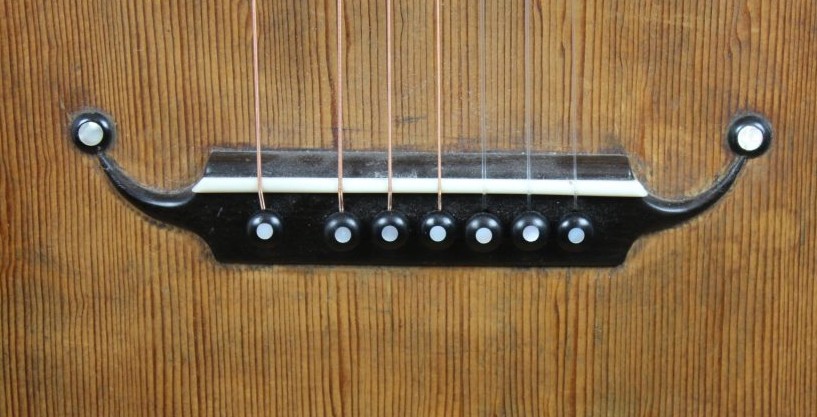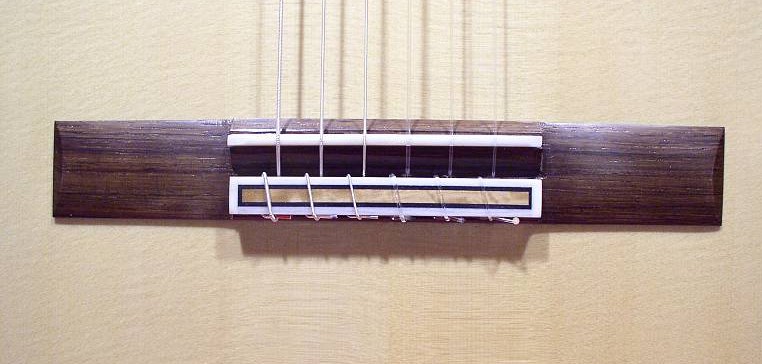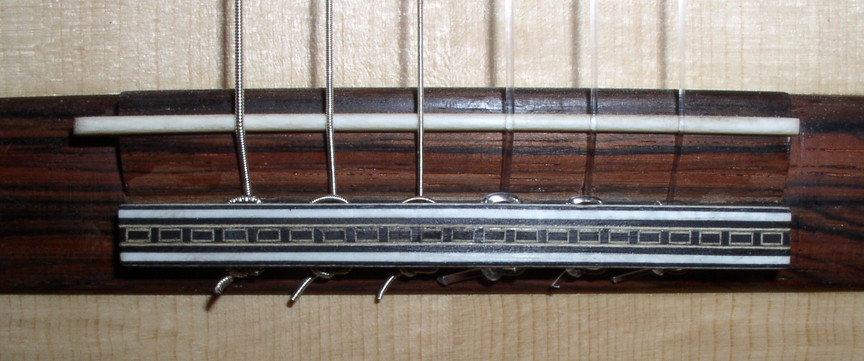A nice morning here in Blaine. Spirits lifted.
Jacek Kado plays the uplifting Here Comes the Sun… From 2011, when his friend was being treated for a serious disease. Thanks Jacek. For me, this is an important role of music.
A nice morning here in Blaine. Spirits lifted.
Jacek Kado plays the uplifting Here Comes the Sun… From 2011, when his friend was being treated for a serious disease. Thanks Jacek. For me, this is an important role of music.
…Sicilienne. A beautiful, moody and moving piece composed by Henryk (Harry) Freedman.
I’ve written about Anna on this blog before.
Her website is http://annapietrzak.com/en/anna-pietrzak
Performed on a 2016 guitar I built: “El Negrito”.
A longtime customer called me this morning, and due to a combination of medical, family, and financial concerns, he is considering selling his Ganz guitar. The guitar has had plek job, and has an internal passive pickup. 640 scale length. Spuce top, Macassar ebony back and sides. Here is a recent recording that the owner, Rich Rorex made recently. Rich has loved this guitar and used it in lots of gigs.
https://www.facebook.com/richard.rorex/videos/3448663905225345
Contact: Rich Rorex, contact information at https://www.richrorex.com/
Another silent movie
A few minutes of bliss
When I started building in 1970, all tie blocks that I ever saw on classical guitars had 1 hole per string. It dawned on me then that there were other other options. For instance, pegs could hold down the strings, like on steel strings (or like many early 19th century guitars). Another idea occurred to me back then (1970, not the early 19th century): there could be more than one hole per string.

Now it’s very common for tie-blocks to have multiple holes (2 or 3) per string. The first guitar I saw with 2 holes was one played by Marc Teicholz I believe in the early 1990s. So many builders have been using the two hole tie block for the last 30 years, I don’t know who gets credit for using it first. But I like how it looks (below).

Or 18 holes!

Perhaps one asks, why not just 6 holes? Well, there can be a downside to the 6 hole bridge. Mainly that the way the string wraps around itself can cause it to lower the angle that the string takes over the saddle (than piece of bone).
Over the years I have found that there are also problems associated with the 12 and 18 hole tie-block bridges. The problems can be avoided, but sometimes are no fun. Also, more holes to drill means more work. (OK. I’m not lazy, just efficient. 🙂 So nowadays mostly do 6 hole tie-blocks. I think it’s easy to make for me, and easy for players to use. So that is why I made this video. It shows how to securely tie the strings on a 6 hole tie-block.
Not too long ago, a guitar I built in 2002 came up for sale in a shop: Gruhn Guitars, in Nashville. This cat, Dave Richman picked it up, bought it, and started picking it. A transcription by Chet Atkins.
Dave has a youtube channel where he has posted a few tunes. Pick-on Dave!
Dave lives in Ithaca NY – plays many styles and ‘weekend’ bands –
He says he really enjoys the 640mm scale on the Formal Black Guitar it plays great is well balanced and gorgeous looking and sounding.
Kyle is just getting started with his career. I believe he’s 18 now. Beautiful music Kyle! Good luck in the Ex-Aequo Competition 2020.
Guitar: “Maxixe”, 2011 Romanillos style by Steve Ganz